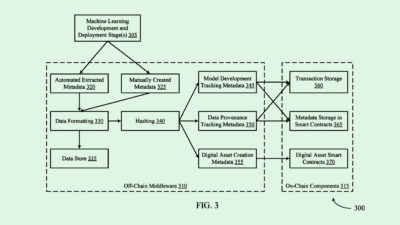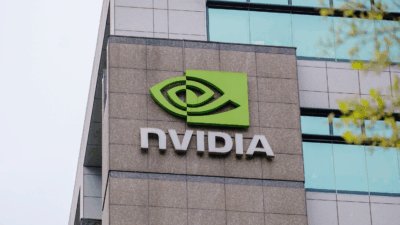
Sign up for smart news, insights, and analysis on the biggest financial stories of the day.
By embracing cost-cutting, efficiency, and a lot of other stuff Silicon Valley tended not to care about, the tech industry may have regained its first-mover advantage.
Believe it or not, the S&P 500 has seen a $2.4 trillion gain this year, and 90% of that growth is concentrated in the trading of just 20 stocks, according to the Financial Times. With persistent inflation dampening the retail sector, a lack of dealmaking subduing financial names, and banks being… well, banks, the S&P concentration shows investors have come back to Big Tech, which is suddenly behaving like the adult in the room.
Everyone Loves a Comeback Story
Silicon Valley’s decade-plus mantra of “Grow! Grow! Grow! Spend! Spend! Spend!” was catnip for traders who liked using cheap money to get in early on mind-boggling valuations. Facing the end of the FAANG era as tech stocks plunged, tech executives had something of an epiphany and decided it was time to “Shrink! Shrink! Shrink! Efficiency! Efficiency! Efficiency!”
Now, with the banking industry floundering and the macroeconomic climate uncertain, tech is seeing a healthy resurgence thanks to being the first sector to find a new religion in corporate penury. Among some of the top-earning stocks on the S&P this year are NVIDIA, Meta, and Salesforce, all of whom got religion in recent months:
- Meta CEO Mark Zuckerberg is still insistent on virtual reality research and development, but the company as a whole – Facebook, Instagram, and WhatsApp – has cut costs and jettisoned more than 20,000 employees. As a result, its stock has shot up 74% this year. Salesforce’s Marc Benioff was able to quell activist investors recently by similarly cutting 10% of staff and delivering an 18% increase in revenue year-over-year, totaling $31.4 billion.
- NVIDIA stock has jumped roughly 90% this year despite not announcing any major layoffs. The company did freeze hiring last summer, though, and it has leaned on its dominance in the gaming card market to drive revenue. A Bank of America analyst found that of the 25 million active users on Steam – an online game distribution service – more than 80% ran their computer on an NVIDIA card.
Can it last?: “People are looking for safety and comfort given the cross-currents in the market, and tech gives them plenty of ease,” JP Morgan trader Jack Atherton told the FT. “Whenever the Fed hits the brakes, someone goes through the windshield. (Tech is) wearing an eight-point harness.”











